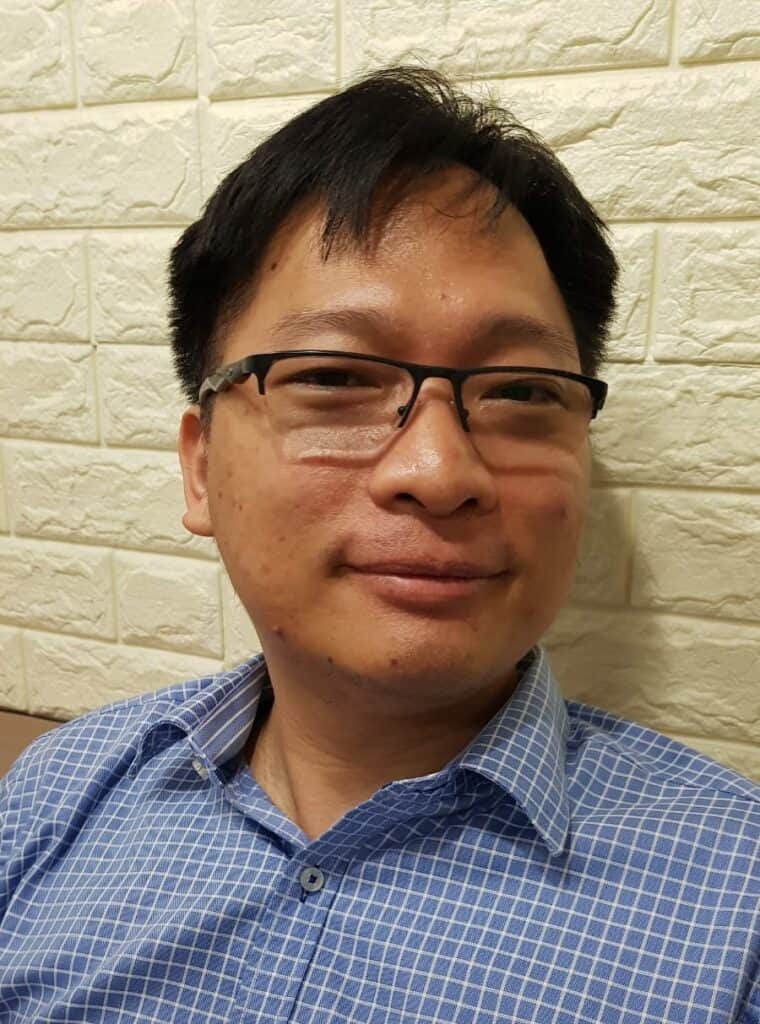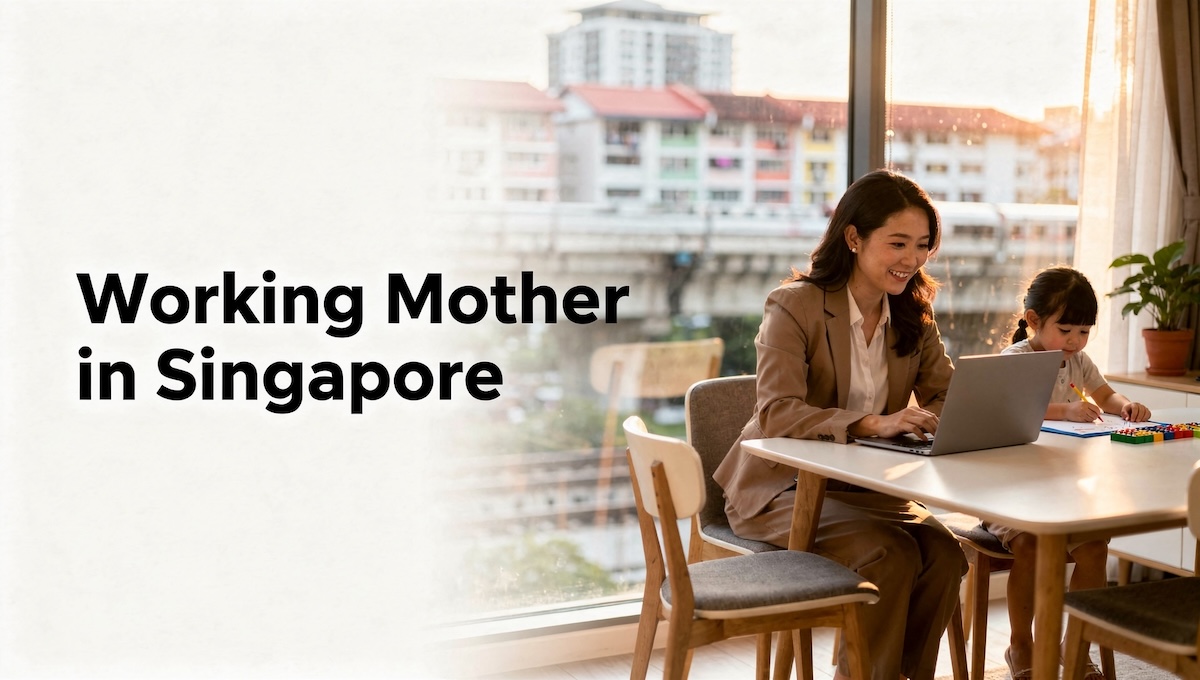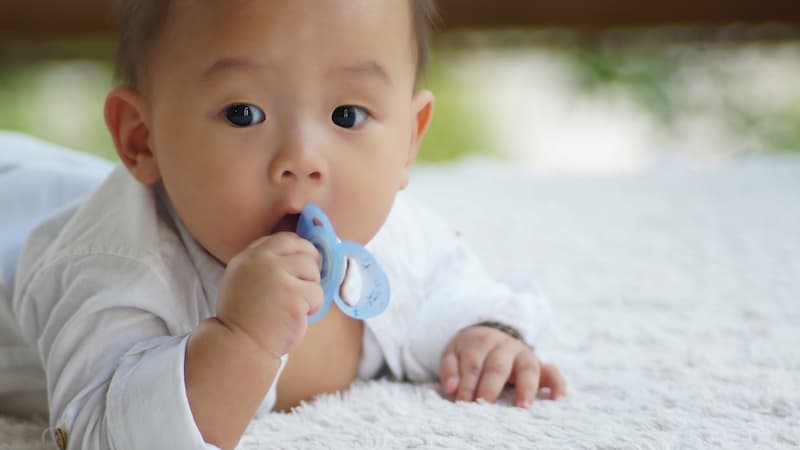Makoto Shichida revolutionized early childhood education through his groundbreaking whole-brain development approach. This Japanese educator discovered that children possess extraordinary learning abilities in their early years—abilities that can be nurtured through specific activities and strong parent-child relationships. In this article, we’ll explore how Shichida’s methods can help Singapore parents unlock their children’s full potential.
Early Life and Education Path
Born in 1929 in Gotsu, Japan, Makoto Shichida began his journey in education while still a university student, working as a home tutor. After earning his Doctorate in Education, he started teaching English in 1958 to children of various ages in his hometown.
While teaching, Shichida noticed something remarkable: young children learned differently—and often more effectively—than teenagers. This observation sparked his curiosity about brain development. Why could younger children absorb information so rapidly? What changed as they grew older? These questions led him to conduct over two decades of research into childhood learning and brain development.
The Birth of the Shichida Method
Founding a New Educational Approach
In 1958, Shichida established the “Child Educational Institute” in Gotsu, later renamed the Shichida Educational Institute. Through his research, he developed what would become known as the “Shichida Method”—a comprehensive educational approach aimed at developing both hemispheres of the brain.
The first Shichida center opened in 1976, and the method quickly gained popularity throughout Japan. By 2025, over 450 centers operate in Japan alone, with more than 20 international centers across Singapore, Malaysia, Australia, and other countries.
Core Principles
Shichida’s method stands apart from traditional education in several key ways:
- Whole-brain development: Rather than focusing solely on analytical skills, Shichida believed in nurturing both logical (left brain) and creative, intuitive (right brain) abilities.
- The critical early period: Shichida identified that children’s learning potential is greatest from birth to age three—a “golden age” for brain development.
- Heart-centered learning: Beyond academics, Shichida emphasized emotional intelligence and character development. He famously stated: “The main aim of the Shichida method is not to give children knowledge, but to cultivate their heart and soul.”
- Parent-child bond: The method highlights the essential role of loving, supportive parents in unlocking a child’s potential.
Practical Applications for Singapore Parents
The Shichida Method offers several practical strategies that Singapore parents can implement at home:
Right-Brain Activities
- Flashcard sessions: Use high-speed flashcards (shown for 1-2 seconds each) covering topics like numbers, words, or images. This rapid presentation helps develop photographic memory.
- Memory games: Play matching games or have your child recall sequences of objects to strengthen memory skills.
- Visualization exercises: Ask your child to close their eyes and imagine specific scenes or objects, enhancing their ability to create mental images.
Sensory Development
- Sensory play: Create sensory bins with materials like rice, beans, or water beads to stimulate tactile awareness.
- Music exposure: Play various musical styles and encourage movement to develop auditory processing.
Emotional Intelligence Building
- Emotion talks: Regularly discuss feelings using stories or daily experiences to build emotional awareness.
- The 5-minute suggestion: Before bedtime, softly speak positive, loving messages to your child, such as “Daddy and Mummy love you” or “You’re growing stronger every day.”
Critical Thinking
- Sorting activities: Have your child categorize objects by color, size, or type to develop analytical skills.
- Problem-solving games: Present age-appropriate puzzles that encourage logical thinking.
Adapting Shichida’s Approach for Singapore Families
The Shichida Method aligns well with Singapore’s educational values. Here’s how local families can adapt it:
- Bilingual learning: Incorporate flashcards and memory activities in both English and Mother Tongue languages to support Singapore’s bilingual policy.
- Balancing enrichment: Combine Shichida activities with free play to maintain a healthy balance between structured learning and creative exploration.
- Parent education: Several Shichida centers across Singapore offer parent workshops to help families implement the method effectively at home.
Shichida in Singapore
Singapore has embraced the Shichida Method with multiple centers across the island. Classes typically run for 75 minutes and include parent education components. The program caters to children from 6 months old, with different curricula tailored to each developmental stage.
Parents participate actively in classes and learn techniques to continue the practice at home. The Shichida Companion App helps track progress and provides additional practice ideas for busy Singapore families.
Legacy and Ongoing Influence
Although Makoto Shichida passed away in 2009, his educational philosophy continues to influence early childhood education worldwide. His legacy lives on through:
- A global network of Shichida centers and certified instructors
- Over 160 books on child development and education
- Thousands of families who have benefited from his methods
Shichida received numerous recognitions for his contributions, including the World Peace Prize (1998) and the Swedish Academy for Health and Medical Sciences Grand Prize (2003).
Balanced Perspective
While many parents report positive results from the Shichida Method, it’s worth noting some limitations:
- The emphasis on right-brain development has been questioned by some neuroscientists who argue for a more integrated approach to brain function.
- The structured nature of the method may not suit all children’s learning styles.
- Regular practice is required for optimal results, which can be challenging for busy families.
Conclusion
Makoto Shichida’s pioneering work offers valuable insights for parents seeking to nurture their children’s full potential. By focusing on whole-brain development, emotional intelligence, and the parent-child relationship, his approach provides practical tools for raising well-rounded, capable children.
For Singapore parents navigating the competitive educational landscape, the Shichida Method offers a balanced perspective that values both academic achievement and emotional well-being. Whether implemented through formal programs or adapted at home, Shichida’s principles can help create a nurturing environment where children thrive.
Further Resources
- Books by Makoto Shichida:
- Developing children’s intelligence and talents (Kindle Edition)
- Makoto Shichida Prenatal Education Method (Chinese Edition)
- Local Singapore Resources:
- The Shichida Method Singapore: www.shichidamethod.com








